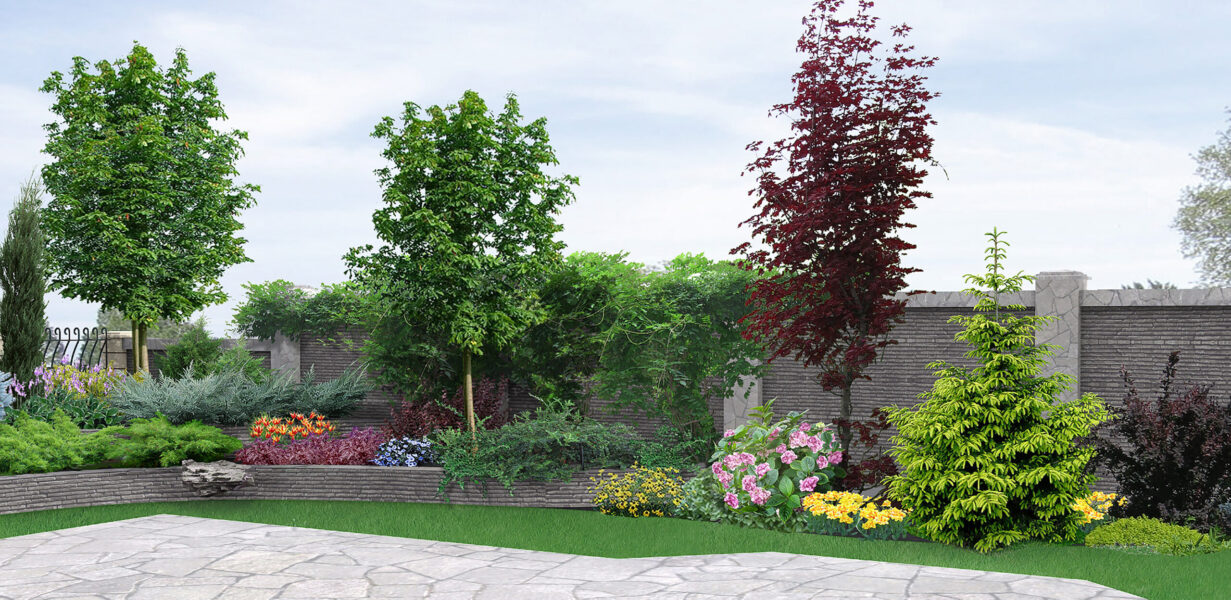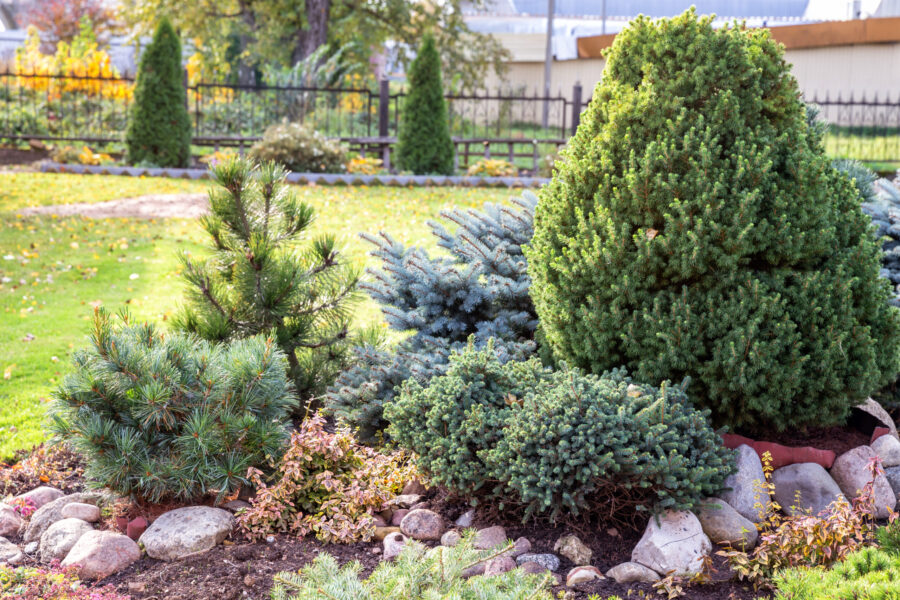Garden pests are living beings that feed on plants attacking and destroying them, causing visible physical damage to extract water and food. Unlike diseases, pests in plants reproduce by eggs and hatchlings, and their species multiply rapidly.
These pests are a headache for anyone who has crops or a garden. In certain environmental conditions such as humidity, excessive irrigation, or exposure to high temperatures, pests can appear and become stronger. However, when it comes to home gardening, it’s easier to prevent and control pests.
Here are the most common pests you might see in your garden.
-
Aphids
Aphids are small insects that absorb the sap of the plants stealing their nutrients. Aphids reproduce quickly and if not treated in time can deform and discolor the plant. This plague often occurs in high temperatures, and you’ll find them mainly in the stems. You can usually get rid of them if you detect them quickly and cut off the affected parts.
-
Ants
Ants are one of the most common garden pests for their invasiveness and their ability to promote other pests that feed on your garden goodies. Ants love working together with aphids because the aphids nurture and protect them so that they can share their spoils.
Ants can attack the stems and leaves of the plants in summer humidity and in mild autumn temperatures.
-
Spider Mites
Mites are small spiders that feed on the nutrients of the plant, causing leaves to fall off. They manifest themselves by leaving red or brown spots on leaves. The most common of the mites is the red spider, a sap-sucking spider that attacks almost all types of plants, from roses to fruit trees.
These garden pests can be avoided by keeping your plants hydrated with abundant irrigation to maintain humidity since mites reproduce in warm and dry environments.
-
Slugs and snails
Unlike worms, slugs and snails prefer younger shoots of fruits and vegetables. They love munching on newly sown plants and tender leaves. You can find slugs and snails by the slimy traces left in its path and the holes left in the leaves and stems of your plants.
They love humid and rainy climates and are usually active during the nighttime.
- Larvae or caterpillars
You may see a lot of larvae or caterpillars of all different sizes and colors. Larvae are the juvenile state of certain insects that go through metamorphosis. The larvae that affect your plants come from butterflies or nocturnal moths.
Removing them by hand when you come across them is the quickest and easiest method of removal.
-
Scales
Scales insects love the juices of plants and are found in many different shrubs and trees. You might see blackish mold, yellowed leaves, or leaves that have fallen prematurely. Keeping your plants hydrated will help you avoid scales, along with encouraging predators such as lady beetles.
-
Leafhoppers
The leafhopper is usually found on the underside of leaves, sucking the sap. They might not do much direct damage, but they can transmit diseases that could spread rapidly, harming more of your plants.
-
Webworm or Tent caterpillar
Webworms, also called tent caterpillars, are moths that are found in trees during the spring months.
They form webs in the crooks of trees or on the ends of branches. These critters don’t cause a significant amount of damage, but they should be removed by pruning and disposal when found.
Contact Aisling View at 317-636-9408 if you’ve discovered tent caterpillars around your tress. Our pros can eliminate them before they get out of hand.
-
Grasshoppers
Grasshoppers are a common pest that can cause a lot of damage since they eat the leaves and, in some cases, the whole plant. These insects can and will eat any plant.
-
Whiteflies
Whiteflies are tiny, leaf-sucking insects that love hiding on the underside of leaves. These garden pests damage plants by sucking the juices from them, causing yellowed leaves and stunted growth. Whiteflies will secrete a sticky substance like aphids, and they are responsible for spreading plant viruses. It’s necessary to act fast if you find whiteflies in your garden.
Prevention is the key to maintaining a healthy garden. Plant selection and garden design can play into the trouble you’re having with garden pests. For help creating the landscape of your dreams, contact our team of experts today.
Art/image:featured image
Alt/title roll over statement: (should always include the focus keyword)






Recent Comments